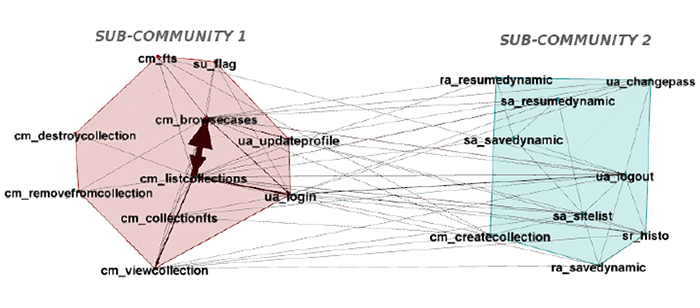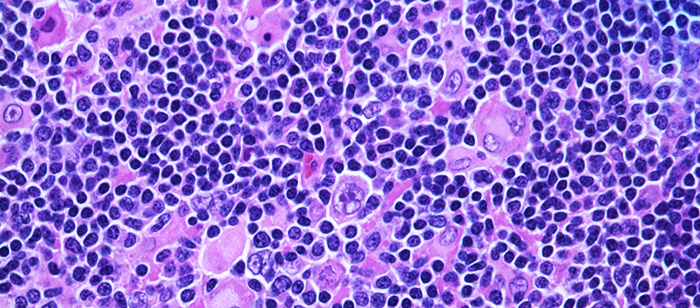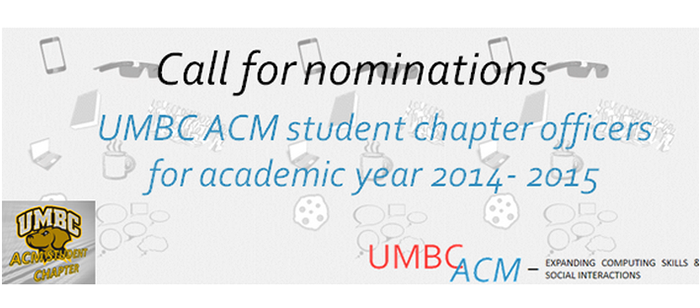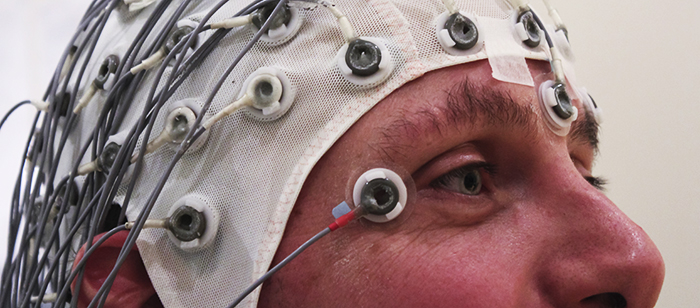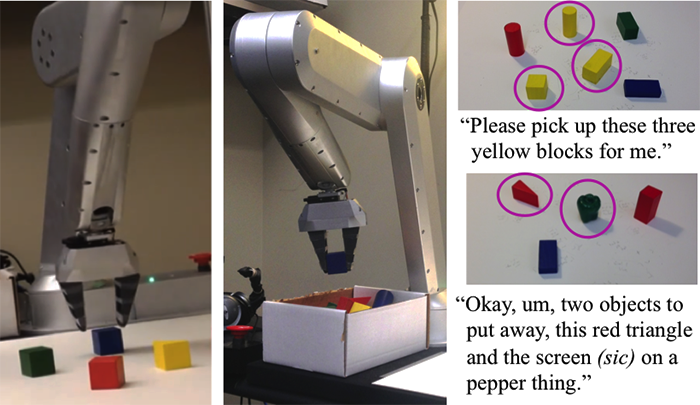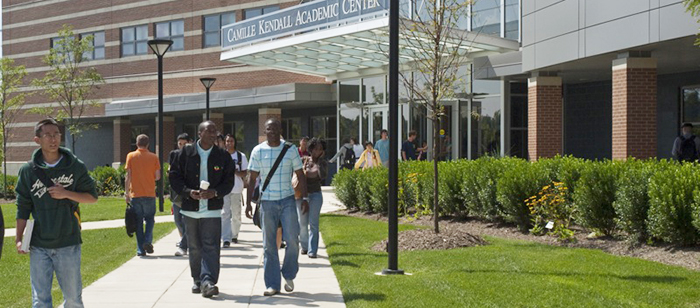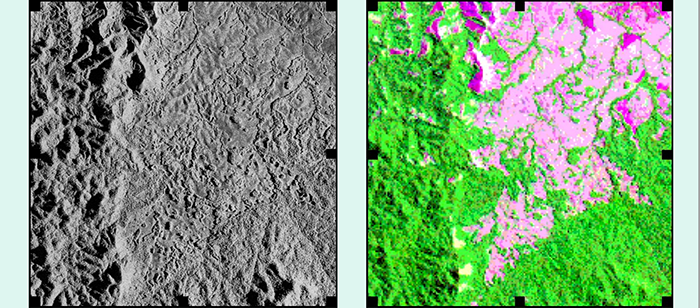
We were happy to see that ACM is using the Helios online voting system for a number its elections this year, including the 2014 ACM Council election. ACM members, all 100,000 of them, have the option of voting online via the Web or requesting a paper ballot in the election of ACM’s top officers. This demonstrates the confidence that the “world’s largest educational and scientific computing society” has in the technology of online verifiable voting systems.
Helios is an example of an end-to-end verifiable voting system that uses cryptographic techniques that can provide ballot privacy as well as high confidence that errors and fraud will be detected and that the election outcome is correct. Such systems let voters verify that their votes were not modified and were counted without revealing which candidates were voted for. In some cases, they allow anyone to determine that all of an election’s ballots have been correctly counted and also help prevent coercion and vote selling by making it impossible for a voter to prove how she voted to a third party.
Among the things we like about Helios is that it provides a free service that anyone can use to hold end-to-end verifiable votes on the Web and that its code is open sourced, allowing one to study the (mostly Python) code and install and run it on their own computers.
Developing verifiable voting systems has been one of the research activities of UMBC’s Center for Information Security and Assurance for more than six years. Professor Alan Sherman and his students contributed to Scantegrity, the first end-to-end verifiable voting system used in a binding municipal election. The UMBC team oversaw that first use in the Takoma Park, Maryland municipal election in November, 2009. A subsequent system, Remotegrity, was used to allow Takoma Park residents to submit absentee ballots over the Internet in the November 2011 Takoma Park election. A current secure voting project in Professor Sherman’s lab is led by Ph.D. student Christopher Nguyen, who is developing techniques to support random-sample elections.
